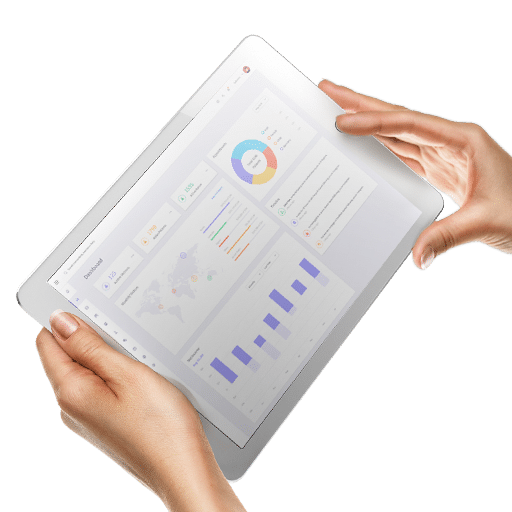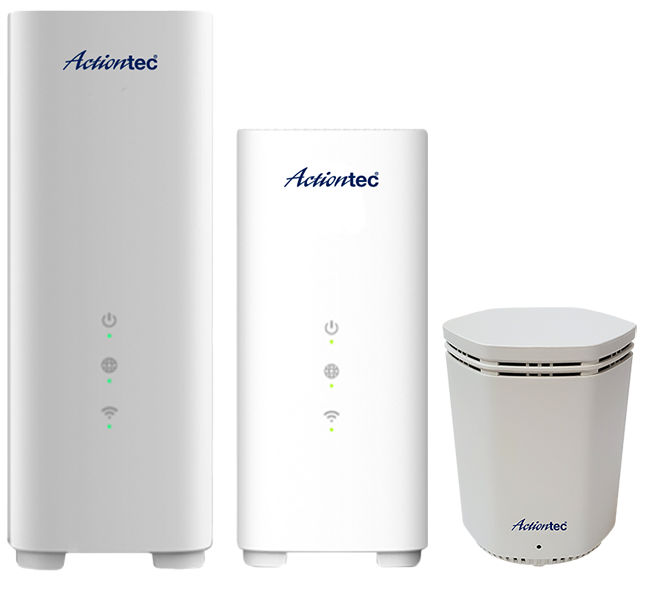Managed Wi-Fi
Actiontec’s Optim Managed Wi-Fi platform gives broadband operators the tools they need to manage subscribers’ home wireless networks and all the wireless client devices connected to it.

Gateways + Extenders

The Brand Service Providers Trust

Latest News
Actiontec to Demonstrate Advanced Wi-Fi 7 Gateway Running prplOS 4.1
PARIS–(BUSINESS WIRE)–Actiontec, a leading provider of advanced broadband CPE and cloud-managed Wi-Fi solutions, today announced its latest advanced Wi-Fi 7 gateway built on the Qualcomm® Dragonwing NPro A7 Platform at the Global prpl Summit 2025 in Paris (Oct 13–14). The WF-728 runs prplOS 4.1 and integrates Optim, Actiontec’s cloud-based management system, to showcase real-time orchestration of a containerized application directly on the gateway.
Preparing for 10G and Beyond: Why Fiber Is the Keystone for Future-Proof Cable Networks
There was a time when the horse and buggy met all our transportation needs, until the automobile redefined what “good enough” meant. Cable broadband is at a similar moment. HFC/DOCSIS has served well, but customer expectations and competitive realities now call for a strategic embrace of fiber, not as a replacement for everything overnight, but as the platform that unlocks the full 10G vision and beyond.
Actiontec Launches First Wi-Fi 7 Device Certified with Plume OpenSync 6.6
SANTA CLARA, Calif.–(BUSINESS WIRE)–Actiontec, a leading provider of advanced broadband CPE solutions, today announced that its flagship WF-710G wireless gateway/extender has become the first Wi-Fi 7 device to receive OpenSync 6.6 certification from Plume, the cloud-based platform for smart home and small business services.

